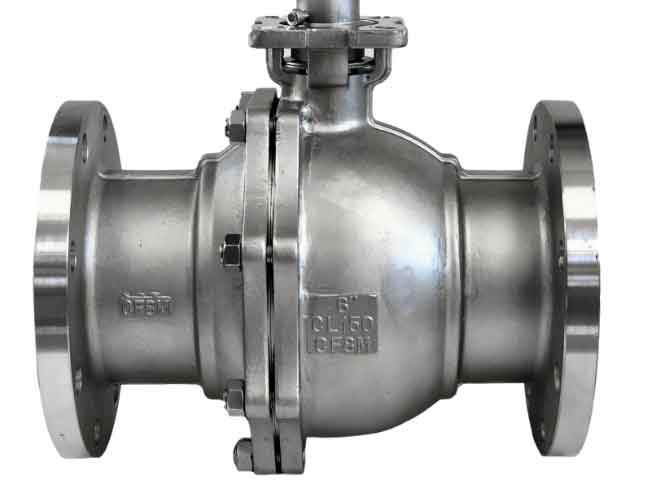In the digital era, ball valves have embraced smart technology, enabling advanced automation and enhancing their functionality in various industries. Here are some key aspects of the role of smart technology in valve automation:

1. Remote Monitoring and Control: Smart technology allows ball valves to be remotely monitored and controlled. Integrated sensors provide real-time data on valve position, flow rates, pressure, temperature, and other parameters. This enables operators to monitor and adjust valve settings from a centralized control system or even remotely through connected devices.
2. Enhanced Efficiency and Accuracy: Smart ball valves offer precise and accurate control of fluid flow. With digital control systems, operators can set specific flow rates, schedule valve operations, and implement advanced control algorithms. This improves overall system efficiency, reduces energy consumption, and optimizes process performance.
3. Condition Monitoring and Predictive Maintenance: Smart ball valves equipped with sensors can provide valuable insights into valve health and performance. Continuous monitoring of factors such as pressure differentials, vibration, and temperature can help identify potential issues or anomalies. This data enables predictive maintenance strategies, allowing maintenance activities to be scheduled proactively and reducing downtime.
4. Integration with Industrial Networks and Systems: Smart ball valves can be integrated into industrial networks and automation systems. They can communicate with supervisory control and data acquisition (SCADA) systems, distributed control systems (DCS), and programmable logic controllers (PLC). This integration allows for seamless coordination with other equipment, process optimization, and centralized control of valve operations.
5. Alarming and Emergency Response: Smart valves can generate alerts and alarms based on predefined conditions or abnormal events. Operators can receive notifications for issues such as excessive pressure, leaks, or valve malfunctions, allowing for timely response and mitigating potential risks or damage.
6. Data Logging and Analysis: Smart technology enables the collection and logging of data from ball valves, providing a historical record of valve operations and performance. This data can be analyzed to identify trends, optimize processes, troubleshoot problems, and improve system reliability over time.
7. Integration with Industrial Internet of Things (IIoT): Smart ball valves are part of the broader Industrial Internet of Things (IIoT) ecosystem. They can contribute to data-driven decision-making, enable predictive analytics, and facilitate integration with other smart devices and systems. This integration fosters a connected and intelligent industrial environment.
8. Cybersecurity and Data Protection: With increased connectivity, smart ball valves must prioritize cybersecurity measures to protect against unauthorized access, data breaches, or tampering. Encryption, authentication protocols, and network security measures are essential to ensure the integrity and confidentiality of valve control and monitoring systems.
The incorporation of smart technology in ball valves brings numerous benefits, including improved control, efficiency, safety, and maintenance practices. As industrial automation continues to evolve, the role of smart ball valves will expand, contributing to smarter, more connected, and optimized industrial processes.
